By Katt Hendershot, Operations Specialist for The Wild Source
Earlier this week, The Wild Source team, along with family and friends, visited Wind Cave National Park, Custer State Park, and Badlands National Park in South Dakota. We had a wonderful time exploring on game drives in our American safari vehicle, the Roaming Bison.
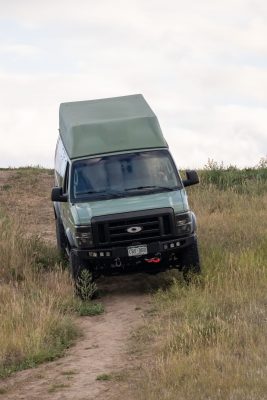
Wind Cave National Park, established in 1903, protects the sixth-longest cave in the world, home to 95 percent of the world’s known boxwork formations. While most visitors come for the cave tours, we were there for the park’s abundant prairie wildlife across its 53 square miles. Species include prairie dogs, coyotes, pronghorn, bison, black-footed ferrets, elk, badgers, skunks, foxes, bobcats, mountain lions, deer, and an array of bird species including multiple raptors.
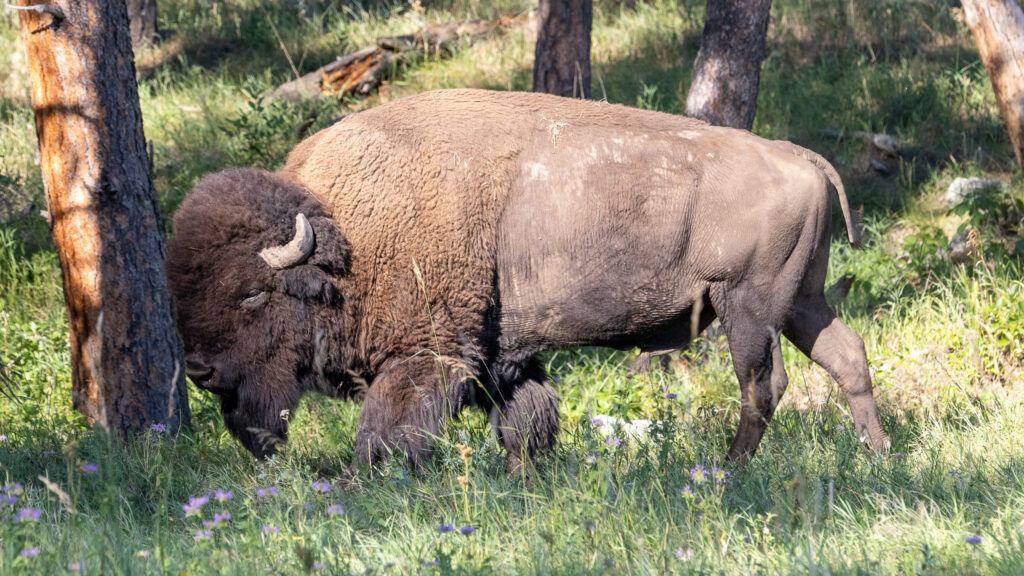
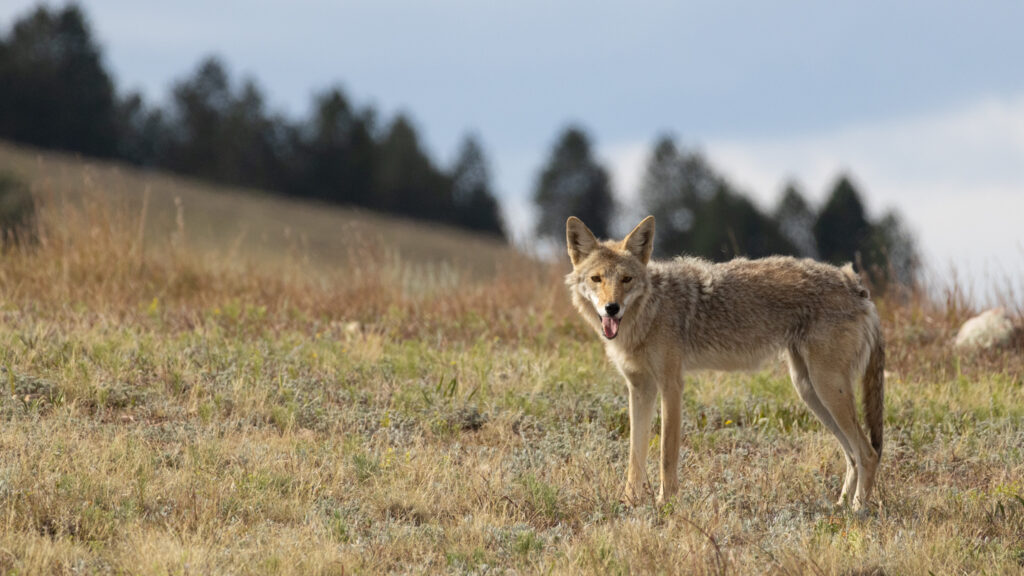
I arrived a day early to set up camp at Elk Mountain Campground and get a head start on wildlife scouting. Sunday morning started strong with a coyote sighting within five minutes, followed by a bison jam overlooking a valley teeming with the herd. We watched incredible behaviors such as deep bellows, dust wallows, and rutting displays. Bison appeared from the trees, ran across the prairie, and stopped traffic more than once. We also spotted our first burrowing owl of the trip.
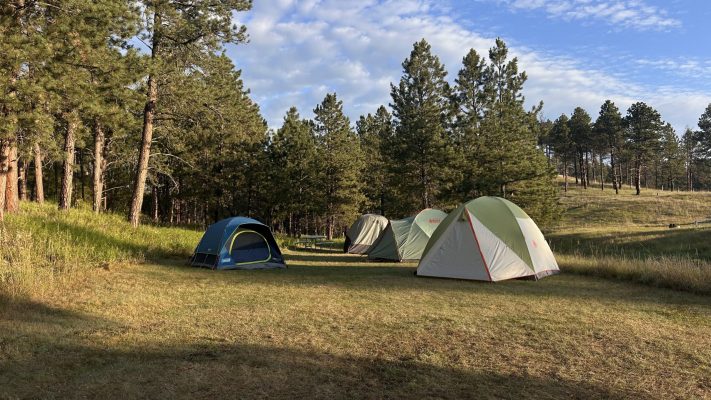
The rest of the TWS crew rolled in that evening, and we enjoyed a sunset game drive followed by delicious pita pizzas and s’mores around the campfire. The next morning brought more wildlife in both Wind Cave and Custer State Park, highlighted by a prairie falcon dropping a magpie right in front of us.
Custer State Park, which borders Wind Cave to the north, is more than twice its size at 111 square miles. While Wind Cave is known for its rolling prairies and scattered ponderosa forests, Custer features larger hills and more mountainous terrain. It is famous for its annual October bison roundup when nearly 1,400 animals thunder across the prairie.
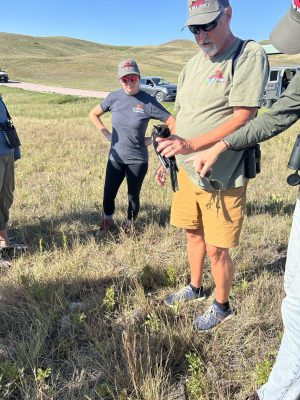
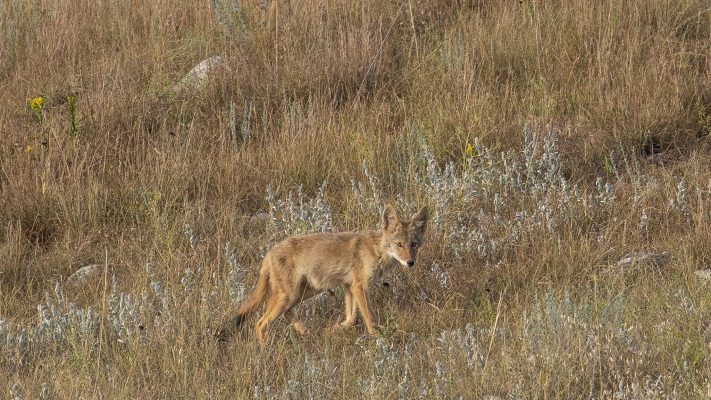
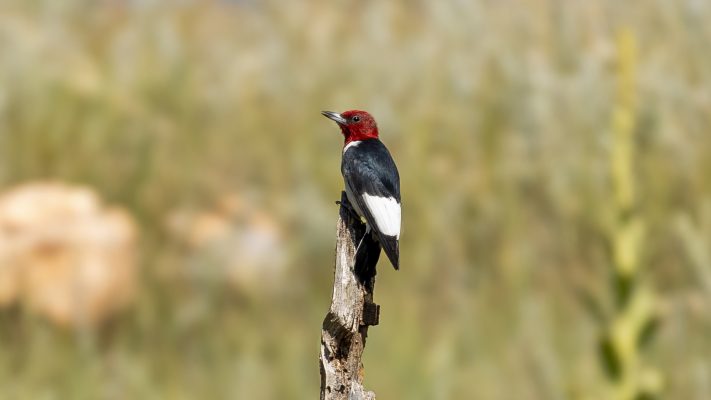
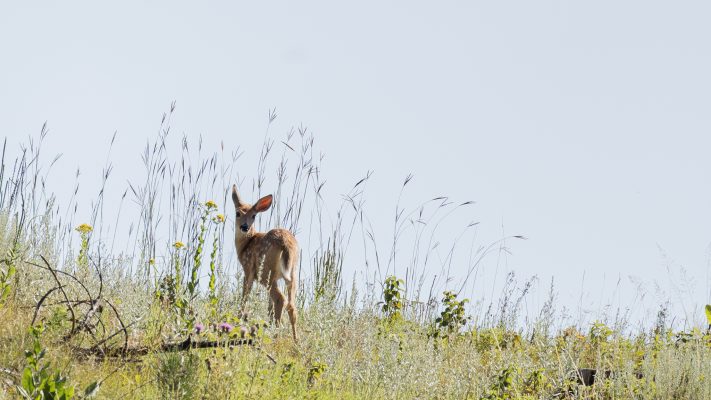
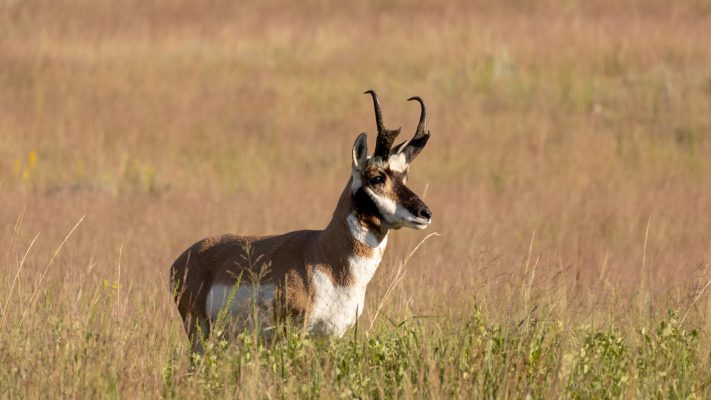
After a midday siesta, we headed toward the Badlands, spotting more burrowing owls, numerous pronghorn, and even a prairie rattlesnake along the way. We set up a sunset dinner at a stunning overlook and grilled bison burgers on the back of the Roaming Bison.
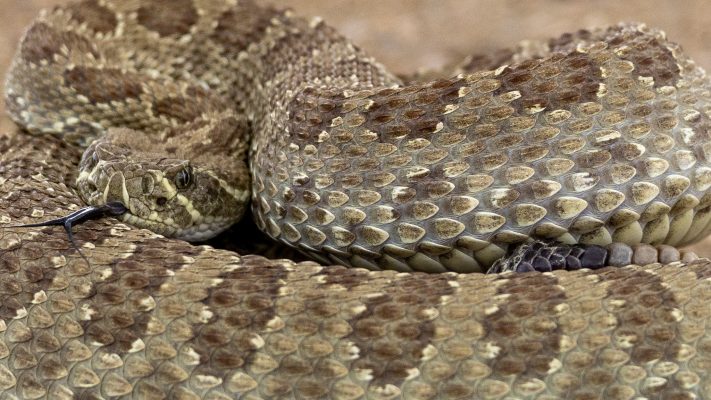
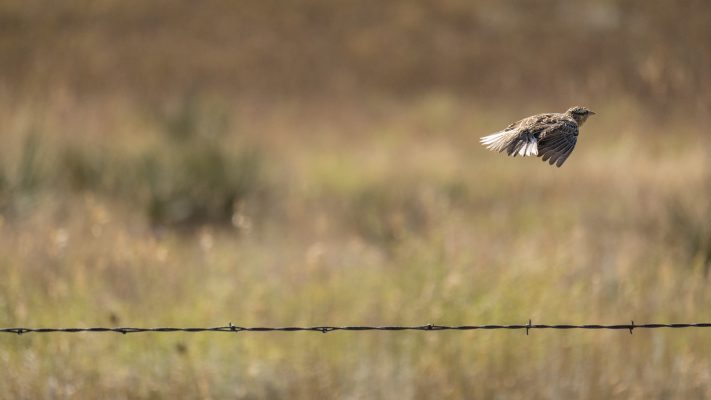
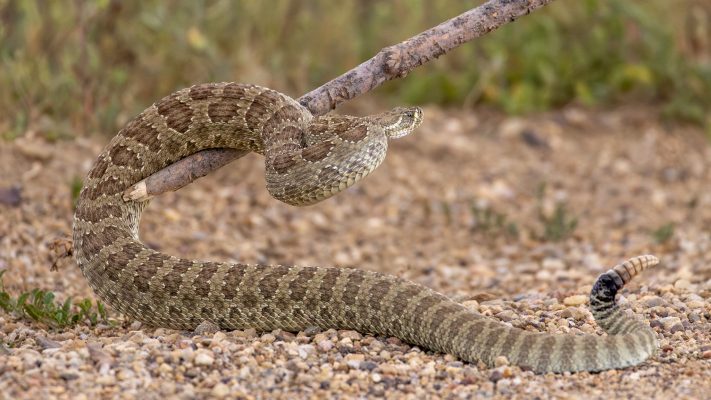
Badlands National Park is a geologic wonder, carved over hundreds of thousands of years into dramatic channels and canyons. It also contains some of the richest fossil beds in the world. On our final morning, we squeezed in one last game drive before the five-hour journey home to Golden, Colorado, with a tasty lunch and ice cream stop along the way.

Our Team in the Wild
Land Acknowledgement
We acknowledge that the lands now known as Custer State Park, Wind Cave National Park, and Badlands National Park lie within the ancestral, traditional, and contemporary territories of the Oceti Šakówiŋ—the Seven Council Fires of the Dakota, Lakota, and Nakota Nations. These lands, including the sacred Black Hills (Paha Sapa), hold deep cultural and spiritual significance and were taken in violation of treaties. We honor the Oglala, Cheyenne River, Crow Creek, Flandreau Santee, Lower Brule, Rosebud, Sisseton-Wahpeton, Standing Rock, and Yankton Sioux Tribes, as well as other Indigenous peoples who have cared for these places since time immemorial.
We especially recognize Wind Cave (Maka Oniyé), central to Lakota emergence stories; the Badlands, where Oglala Lakota history and culture remain deeply rooted; and the landscapes of Custer State Park, part of the sacred Black Hills. We express gratitude for the ongoing stewardship of Indigenous communities and commit to honoring their histories, cultures, and sovereignty through our actions, words, and care for the land.